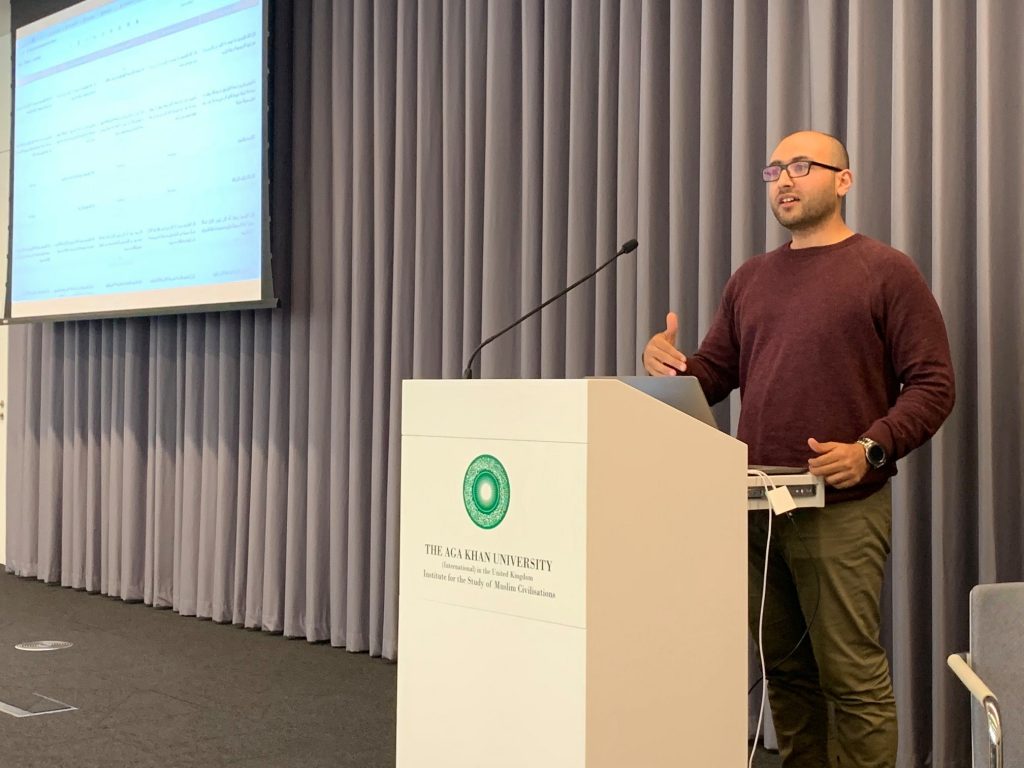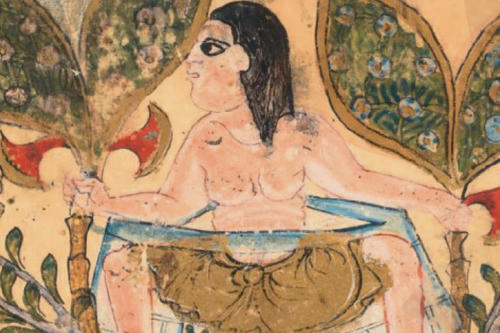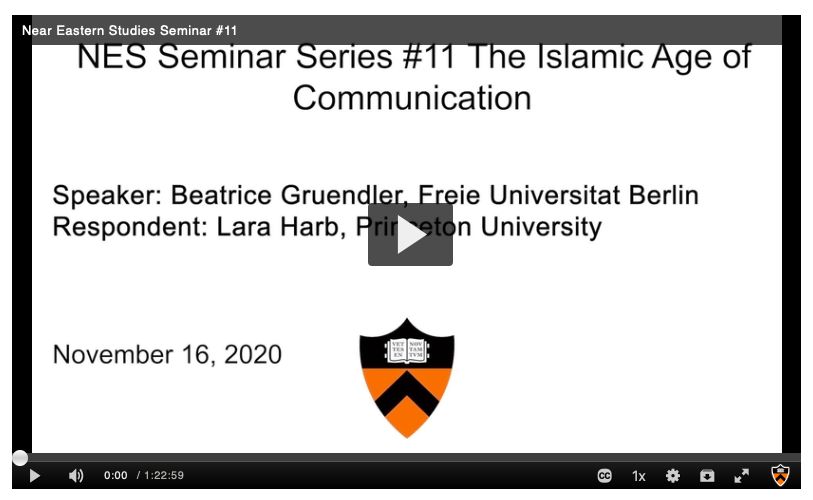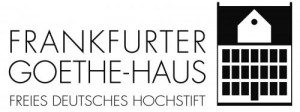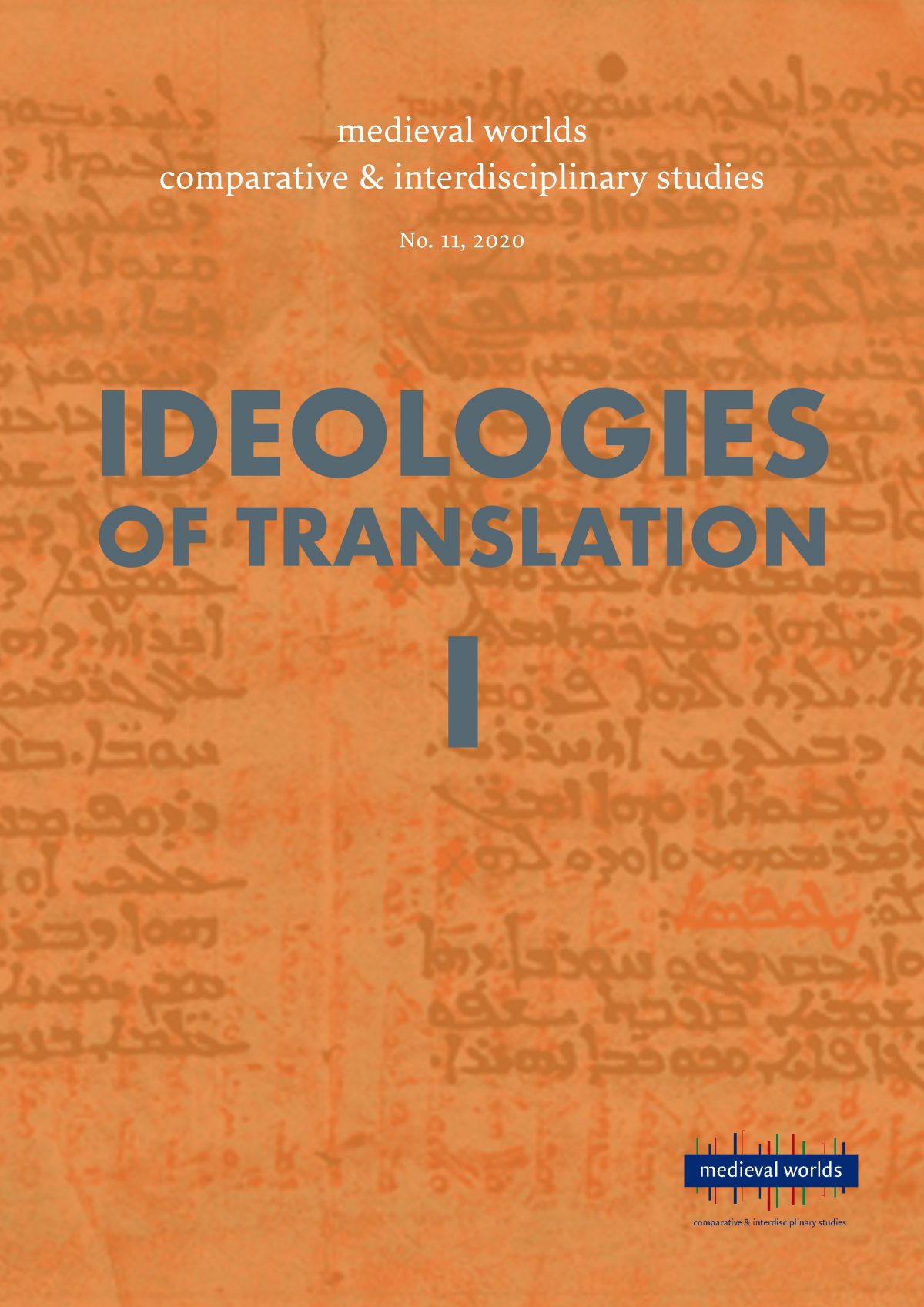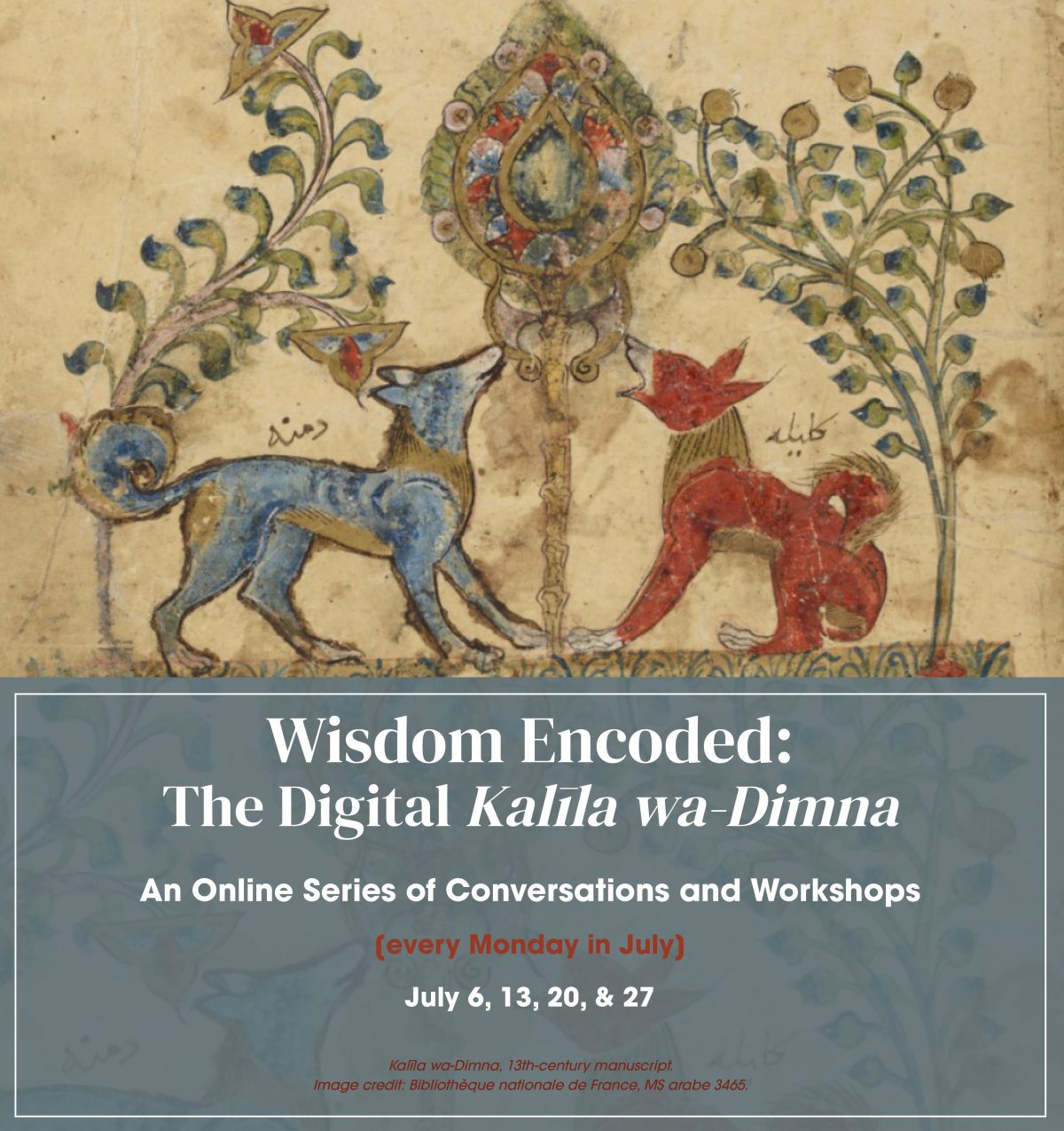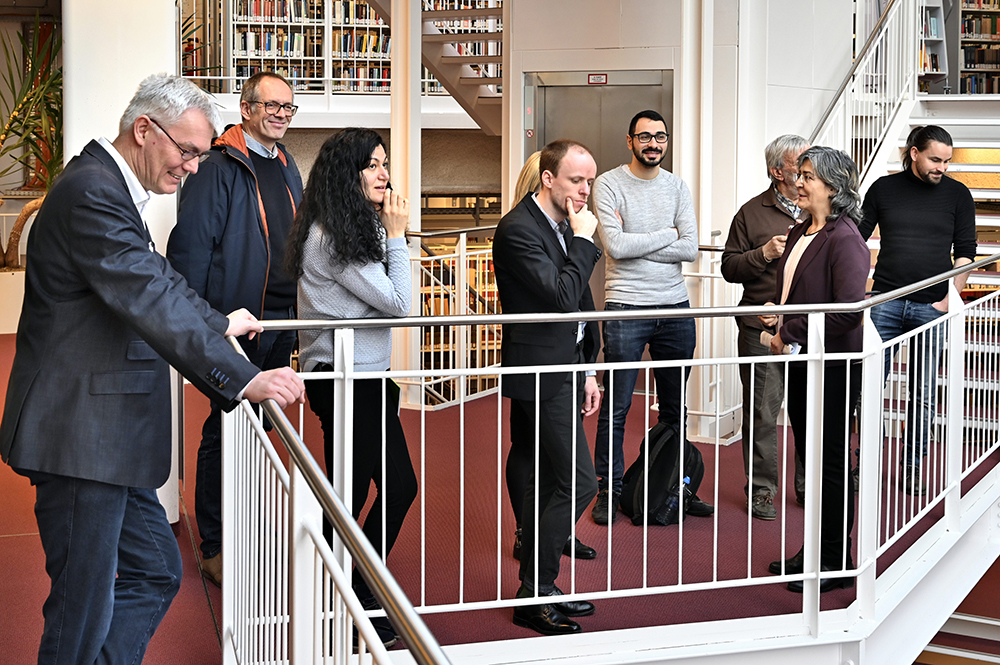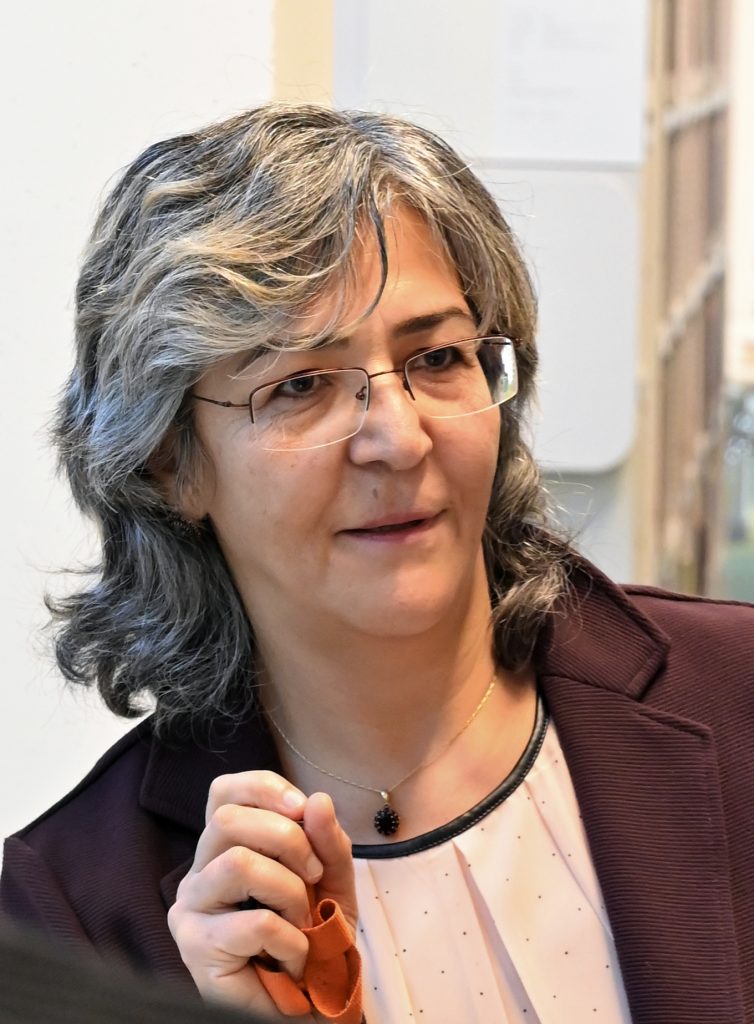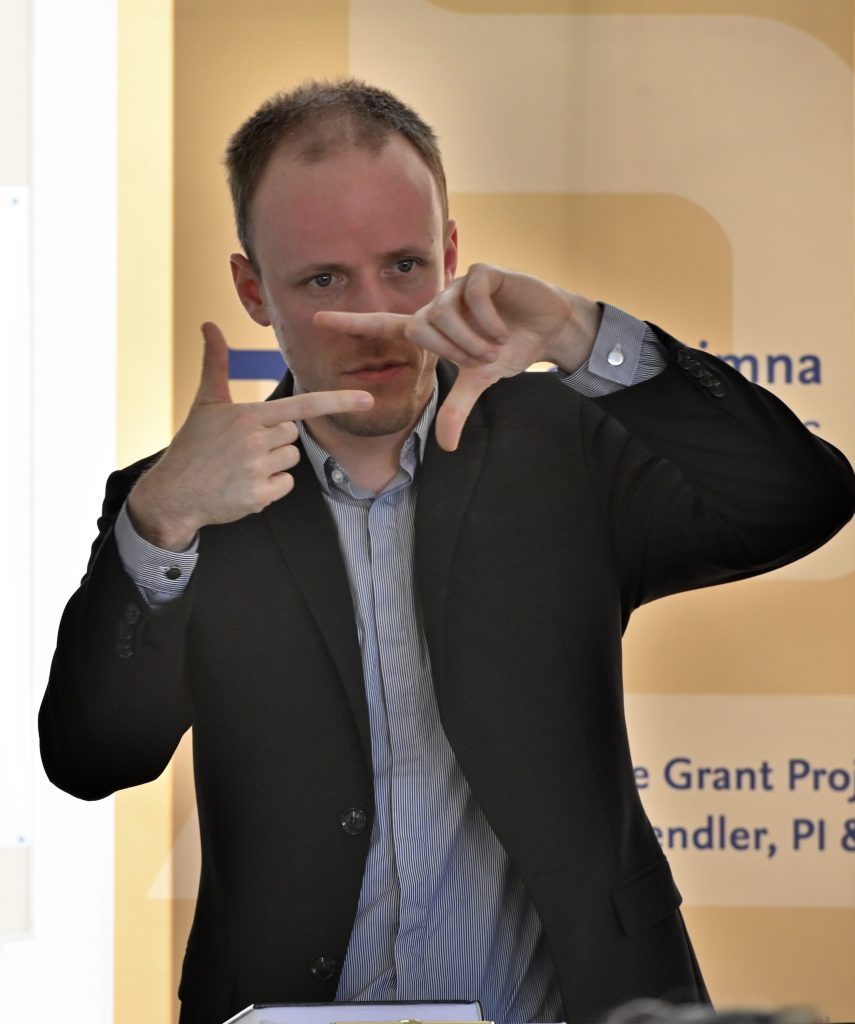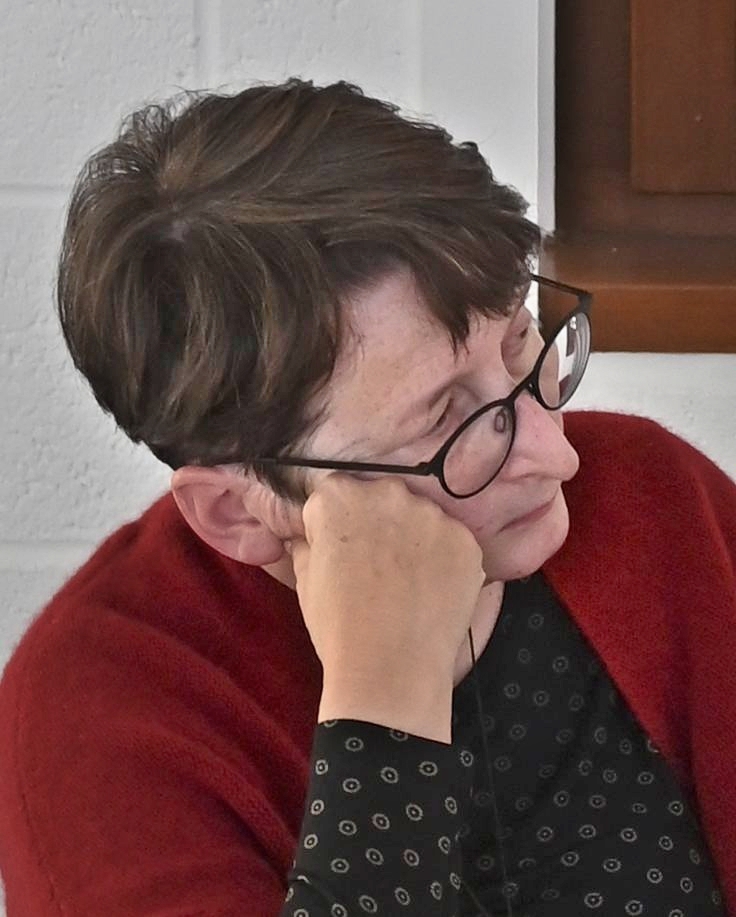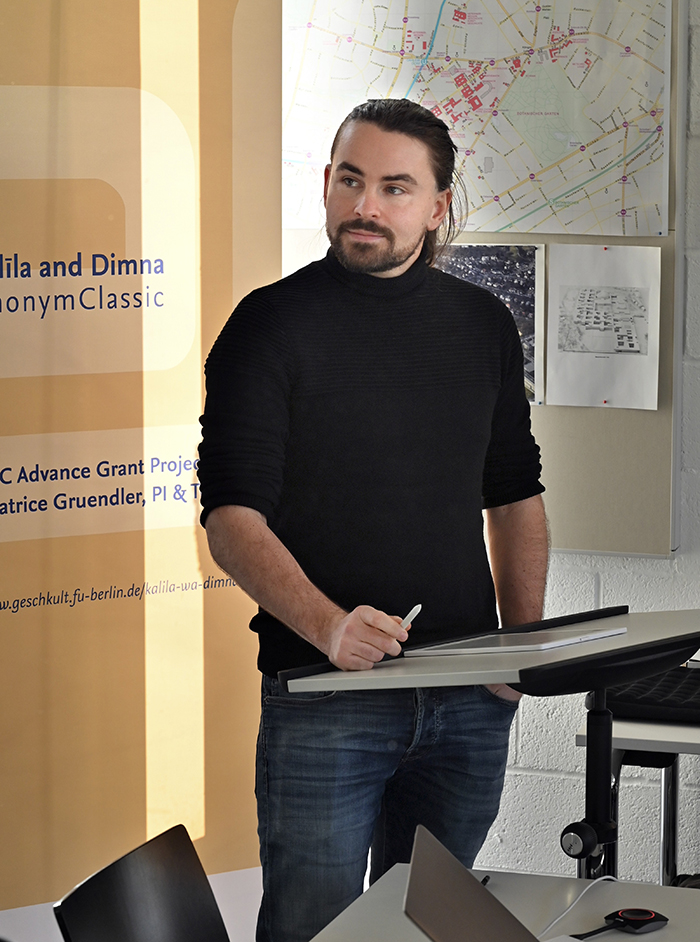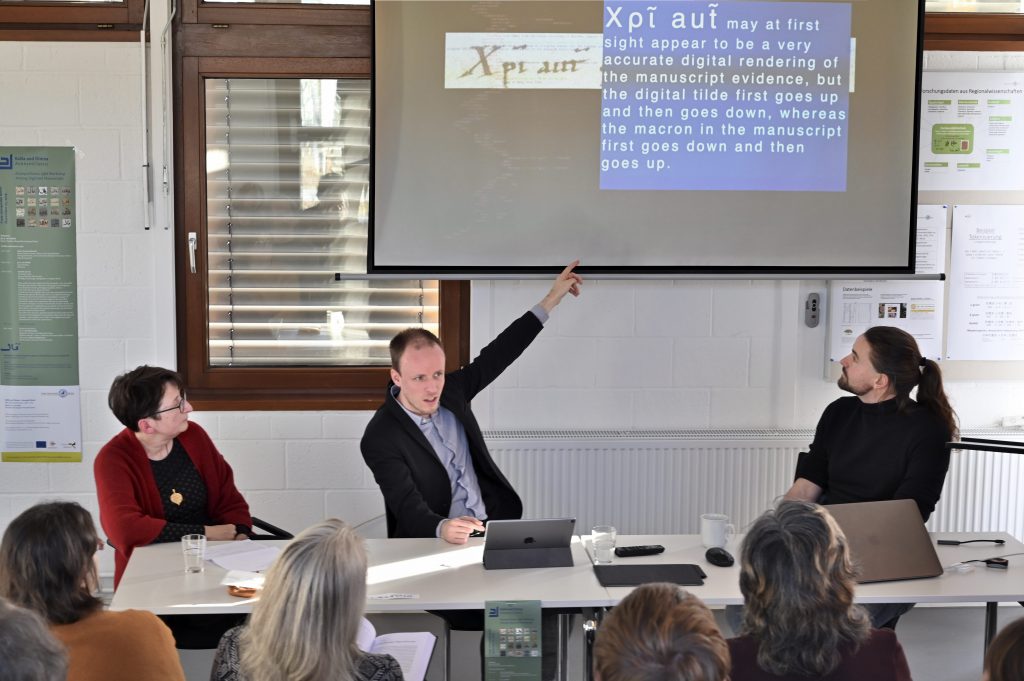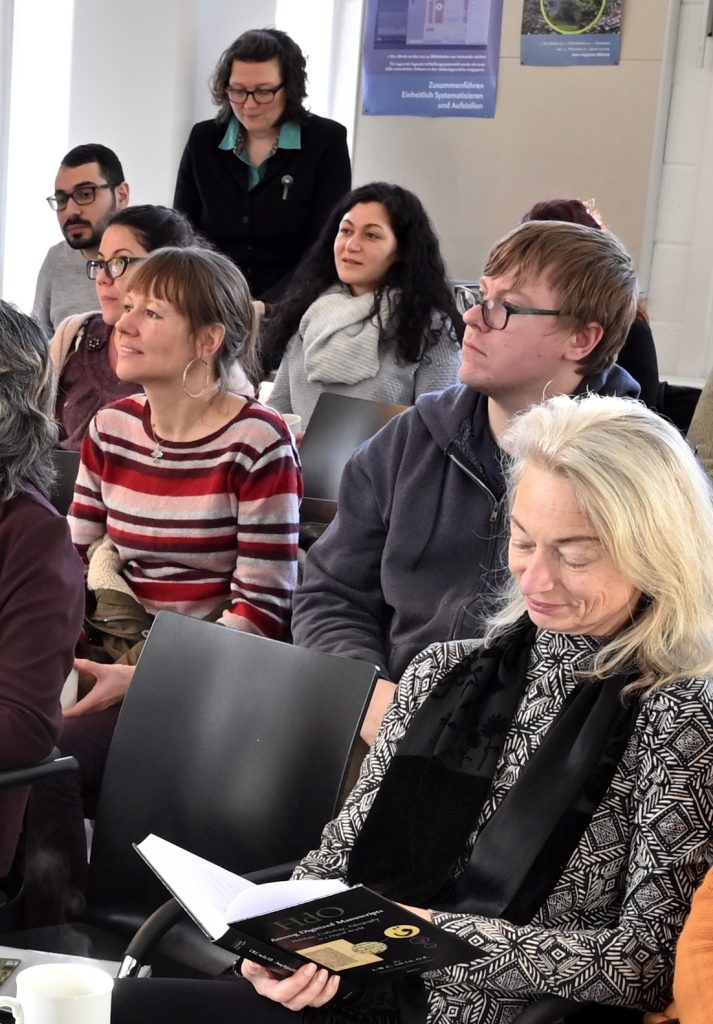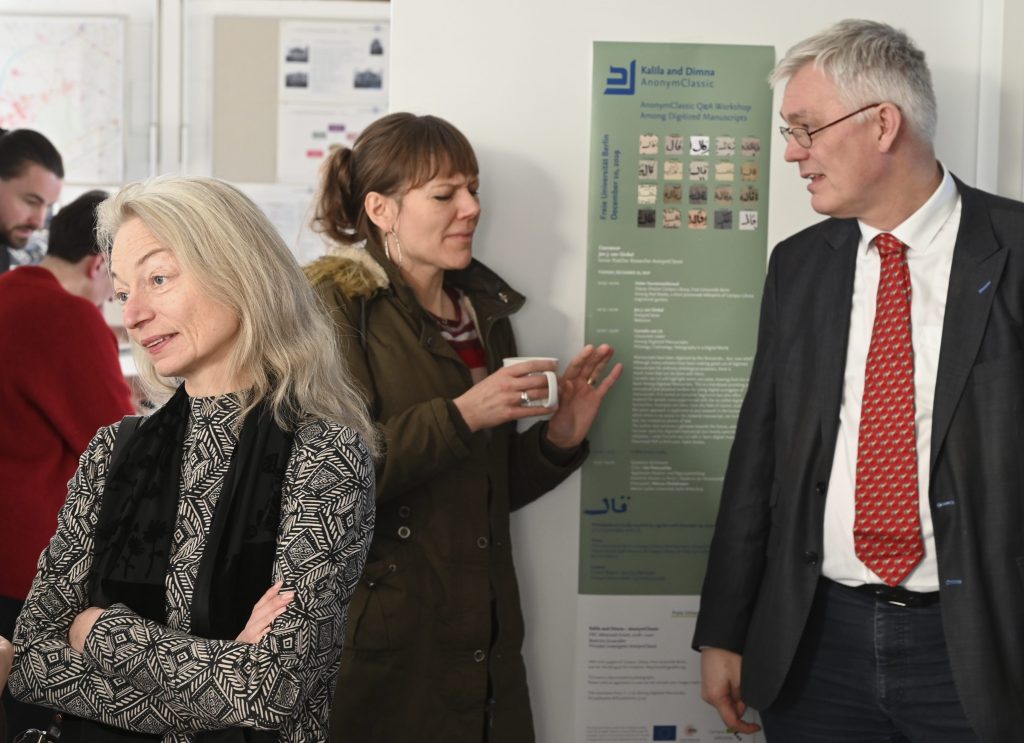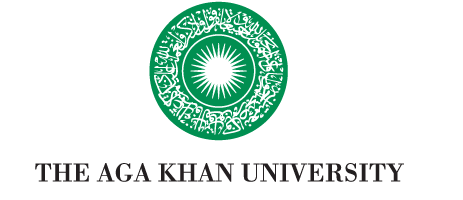The AnonymClassic project recently (25–27 Nov. 2020) hosted virtual events focusing on narrative in premodern Arabic literature and adjacent literary traditions. These events are part of the series “Framing Narratives: New Perspectives on Premodern Textual Production in Arabic,” a collaboration of team member Dr. Johannes Stephan with Prof. Beatrice Gründler and the EXC 2020 “Temporal Communities: Doing Literature in a Global Perspective.” The series opened with a public keynote lecture by Prof. Ulrich Marzolph of Göttingen University, titled “The Frame Tale: Potentials and Limitations.” Following this were two days of panel sessions. In total, 23 scholars, affiliated with universities across Europe, the Middle East, and North America, participated in the workshop. (A copy of the program can be accessed [here].) Panelists delivered short presentations about their ongoing research projects that relate, in one way or another, to the issue of narrative framing. The presentations led to a number of fruitful conversations regarding the analysis and history of particular frame narratives, such as Kalīla and Dimna, The Thousand and One Nights, The Seven Sages, and Barlaam and Josaphat, as well as broader concepts of narrative framing, while tackling notions of anthology and encyclopædism, textual reflexivity, readership, fictionality, genre, translation, paratextuality, materiality, and temporality. The current plan is for the participants to meet again in June/July 2021, in person, to share further progress on their research, and then to prepare their papers for publication in an edited volume or journal special issue. Please contact Johannes Stephan with any questions.
Author: Victoria Mummelthei
Much more than 1001 Nights
A press release by Freie Universität Berlin covers the introduction of a new digital series in Arabic studies under the direction of Prof. Dr. Beatrice Gruendler at Freie Universität Berlin which will focus on Arabic-language narrative texts from the pre-modern era in the context of a global, modern consideration of literature.
Image source: Bibliothèque nationale de France
The Islamic Age of Communication
Touching the Manuscript in Materiality and Digitality
What is the Digital Doing? A Workshop in the Interface, Nov. 5 2020
Abstract, Beatrice Gründler, Arabistik: Between Hand and Eye: Moving with Arabic Manuscripts
Without digital copies of manuscripts, the study of Arabic literature (spanning from 590 CE to today, with first written specimens dating to the 7th century) would be well-nigh impossible. An estimated million of Arabic manuscripts is scattered across the globe, and accessing these physically is often cumbersome, if not impossible. The ease and convenience of looking close up at their digital images has propelled the speed of research.
A further option comes with the transformation often text and images into bites and bits, which makes it feasible to handle massive textual traditions. In the case of the fable collection Kalīla and Dimna, with over one hundred diverging versions, a combined digital and narratological analysis has opened up new avenues of comparative analysis, both quantitative and qualitative.
It is true that the artifacts themselves are thereby one step removed. The thickness of the page, the treatment of its surface, watermarks, or small punctures in images made in the process of transferring them, all remain literally out of touch. The corrosion or bleeding though of ink and wormholes (that can be confused with the dots of the Arabic script) make parts of a text illegible, but it can still be deciphered, when examining a folio with hand and eye.
The advantage of media, however, is their complementarity, and both electronic and haptic inspection together help unlock what might be termed the “processual” nature of Arabic manuscripts. We get the wrong impression when looking at an Arabic manuscript as a fixed object. It rather compares to a river in steady motion, whose sediment gathers at the ground. Once lodged in a research library, a manuscript freezes in its motion, its text having gone through a process of combined oral and written transmission (changing more or less depending on the text type) and bearing the subsequent traces of its use, from the copyist’s incipit, transmission statement, and colophon, the collator’s marks, readers glosses, and owners inscriptions to sundry paratexts from recipes to calculations and doodles. In one puzzling case, the last thirty pages of a literary manuscript are filled with popular stories in dialect, scribbled by as many different hands. The edges of Arabic manuscripts have moved into focus, and it is precisely the rethinking process triggered by the new digital medium that makes us more aware of the materiality of the object on the other side of the screen.
Summary and Discussion
The presentation, another on Aristotle’s De Interpretatione by Michael Kerwet and Philip Hegel and their joint discussion showed that the increasing digitization of both Greek and Arabic manuscripts has led to a more comprehensive approach to specimens, giving more weight to their paratexts, and leading to a greater awareness of the process of a manuscripts change in the hands of subsequent users. In Arabic manuscripts in particular, comparative analytical approaches provide an in-depth understanding of massive textual traditions. While lacking the haptic dimension and hiding certain physical properties of manuscripts, digitization has shifted (in a dialogical process with autopsy) researchers’ focus from manuscripts as simple containers of an ancient text to documents of literary and social history in their own right.
Goethes West-östlicher Divan
Public conference of the “Freien Deutschen Hochstifts – Frankfurter Goethe-Museum” in cooperation with the “Goethe- und Schiller-Archiv”, Weimar
Frankfurt am Main, September 24 and 25, 2020.
The theme of this year’s meeting of the Freie Deutsche Hochstift in collaboration with the Goethe- und Schiller-Archiv, Weimar, held at the Frankfurter Goethe-Museum, was Johann Wolfgang Goethe’s Eastwestern Divan (West-östlicher Divan). The Workshop was devoted to papers on specific poems of the Divan and Goethe’s appended Notes and Treatises. A public evening event reunited the Arabic scholar Beatrice Gruendler, Freie Universität Berlin with the Iranian poet and translator or German poetry and philosophy, Ali Abdollahi. The conversation touched upon Goethe’s deep understanding of Arabic and Persian literatures, as evidenced in his poetic responses and reflections. Gruendler exemplified this by juxtaposing poems and sayings from the Divan’s chapters on reflections (“Tefkir Nameh”), wisdom sayings (“Hikmet-Nameh”), and parables (“Mathal-Nameh”) with models from Arabic poetry and prose and explaining how in each case Goethe reacted to his models, giving testimony of his intense engagement with this foreign literary heritage. Ali Abdollahi recited selections from his Persian translations of Goethe’s poems, gazhals by Hafiz, Goethe’s counterpart in the Divan, and from his own poetry.
An Interim Report on the Editorial and Analytical Work of the AnonymClassic Project
In medieval worlds • no. 11 • 2020, Beatrice Gruendler, Jan J. van Ginkel, Rima Redwan, Khouloud Khalfallah, Isabel Toral, Johannes Stephan, Matthew L. Keegan, Theodore S. Beers, Mahmoud Kozae, and Marwa M. Ahmed discuss various aspects of their work on the textual tradition Kalīla and Dimna.
The paper is based, in large part, on a joint presentation given by the AnonymClassic team at the conference Berlin ediert!, held at the Freie Universität Berlin on April 26-28, 2019.
The Digital Kalīla wa-Dimna – An Online Series with the Columbia Global Centers | Amman (every Monday in July)
The AnonymClassic project under direction of Prof. Dr. Beatrice Gruendler will discuss the project’s findings in an online series in July 2020, hosted by Columbia Global Centers Amman (of Columbia University New York: https://globalcenters.columbia.edu/content/about-cgc).
For more information and RSVP, click here.
New CRC project – Verses and Sayings. Impetus and Range of Scholarly and Popularising Discourses in the Arabic World
Beatrice Gründler is with the subproject C10 Verses and Sayings. Impulse and Reach of Scientific and Popularizing Discourses in the Arabic-Speaking World part of the extension phase of the CRC Episteme in Motion.
The subproject examines micro-texts in poetry and gnomics in Arabic and related traditions such as Syriac and Greek, i.e. individual verses and sayings of wisdom that have entered popular and scientific discourses across centuries and language borders. On the basis of the circulation of these micro-forms and the modes of condensation they have undergone in their respective literary or scientific contextualizations, it is possible to unlock moments of reciprocal knowledge transfer. The model-like microstructural analysis of the modes of appropriation and transfer as well as the different contextualizations makes it possible to trace the interaction of multiple factors and impulses of epistemic change movements in other contexts as well.
More information here
Among Digitized Manuscripts – Q&A Workshop with Cornelis van Lit
The workshop on December 10, 2019 forms part of an on-going collaboration between the AnonymClassic project and Freie Universität Berlin Campus Library to foster discussion on and development of Digital Humanities. Helen Younansardaroud, Cosima Wagner and their team (Campus Library) kindly acted as the hosts.
They not only provided the facilities but vice-director H. Younansardaroud also gave the group an inspiring tour of the institution, discussing its history and digitization activities. A special treat was the presentation of a selection of old books focusing on the interests of our guest of honour.
For this pilot meeting of the AnonymClassic Q&A Workshop series, we had invited the Arabist Cornelis van Lit (University of Utrecht, The Netherlands) to discuss his recently published book “Among Digitized Manuscripts: Philology, Codicology, Paleography in a Digital World.”
After a thought-provoking introduction by van Lit, Ute Pietruschka (Ägyptisches Museum und Papyrussammlung) and Marcus Pöckelmann (Martin-Luther-Universität Halle-Wittenberg) gave their prepared responses.
Central to the lively discussion afterwards was the question of what impact DH have on the definition of “edition”, both theoretically and practically.
The newly introduced format drew an audience of quite diverse backgrounds, including philologists, librarians, and IT-specialists. Both the event itself, and the informal exchanges to come with it were inspired with fresh ideas and opened perspectives on new projects.
It seems quite clear that we will just have to have a follow-up on the Q&A, or maybe even two.
written by Jan van Ginkel
With special thanks to Klaus Memmert, Berlin (photographs).
Khouloud Khalfallah, Mahmoud Kozae, and Johannes Stephan @ Arabic Past Workshop
Khouloud Khalfallah, Mahmoud Kozae, and Johannes Stephan presented their ongoing research within AnonymClassic at the Arabic Pasts workshop in London. They provided insight into the rich Kalīla-and-Dimna archive – ranging from quotes to fragments and more than 120 full manuscripts in Arabic – their work on the first comprehensive synoptic edition for premodern Arabic texts and the advantages and pitfalls of collaborative digital scholarship.
